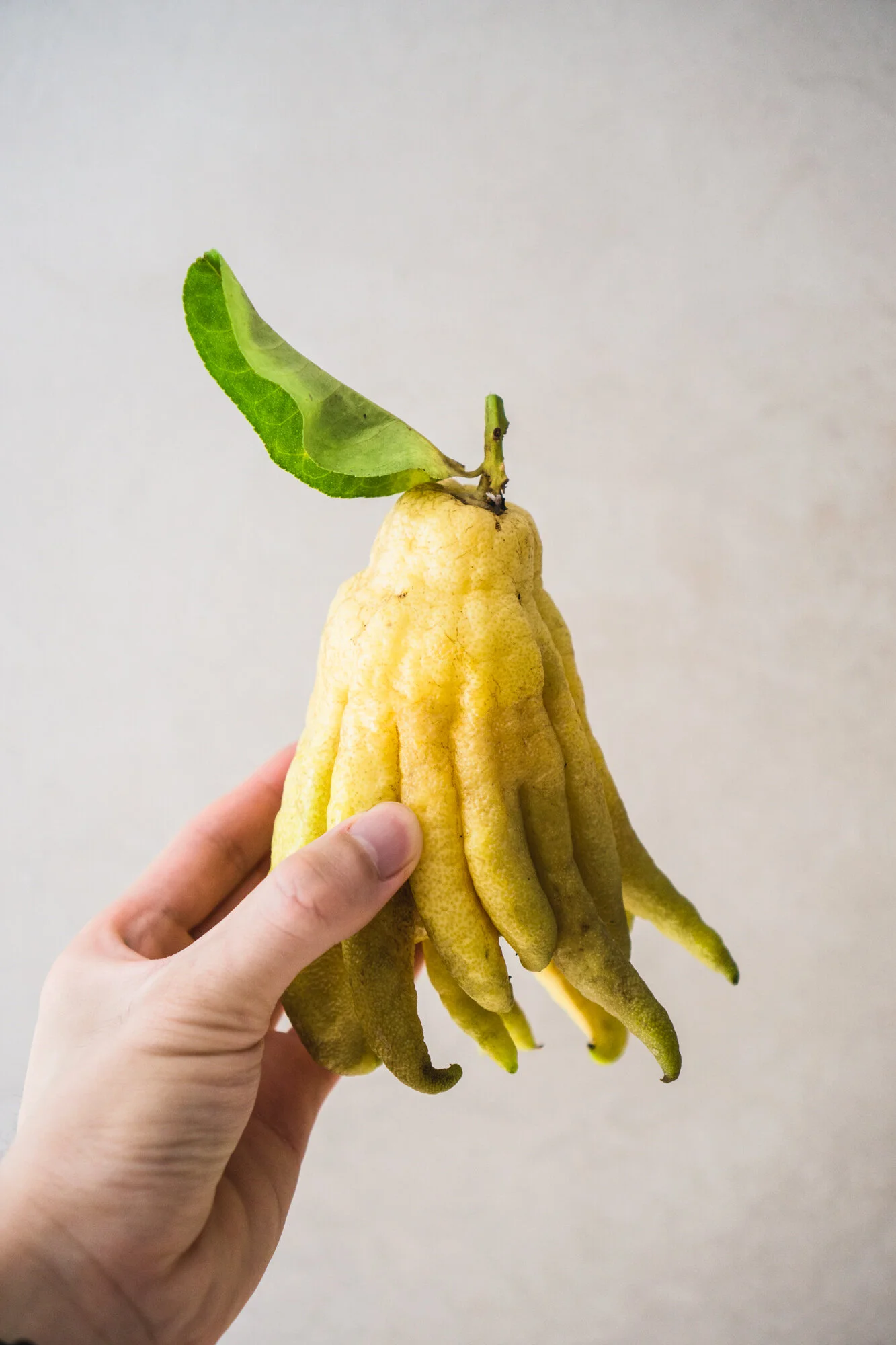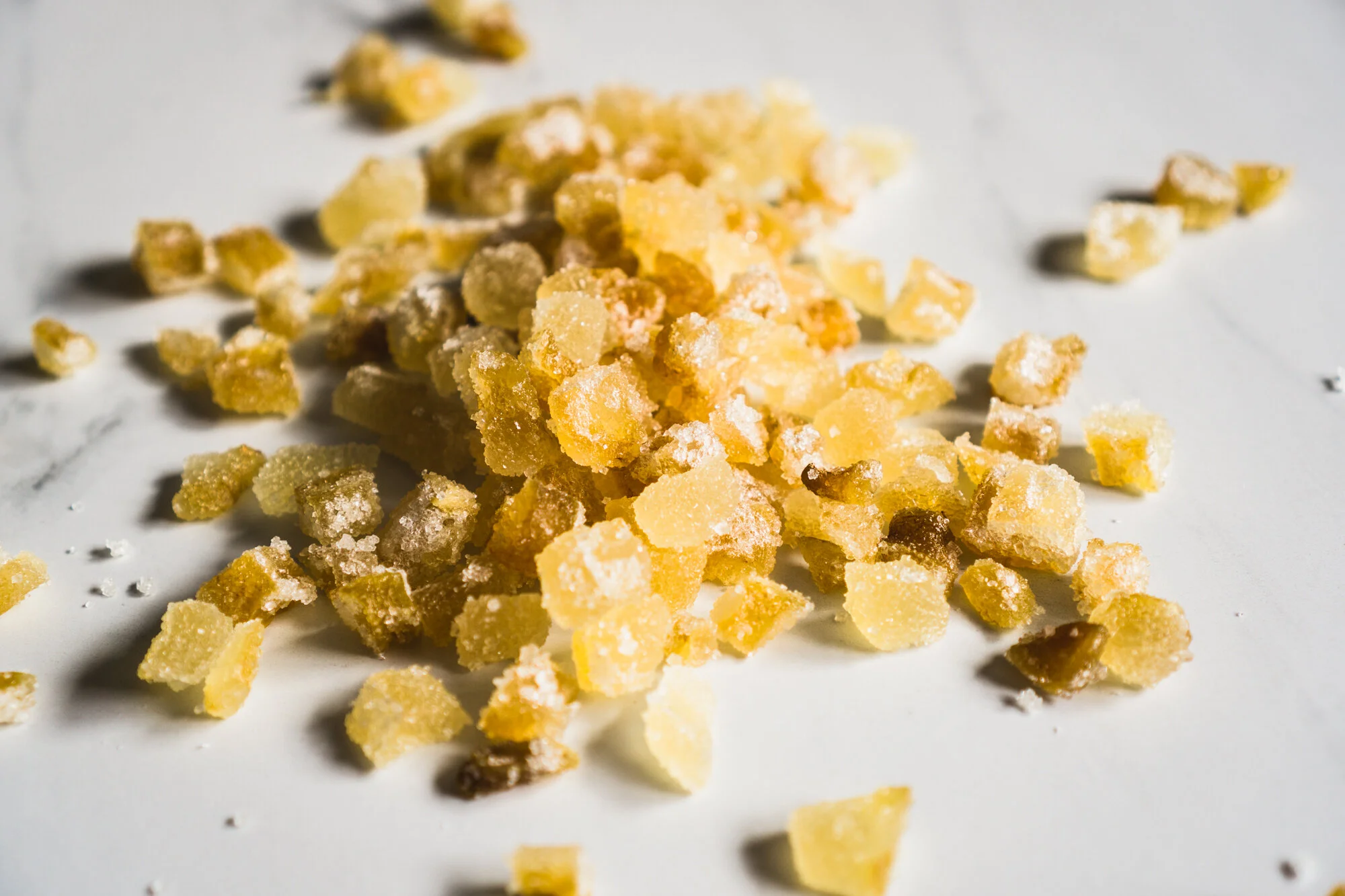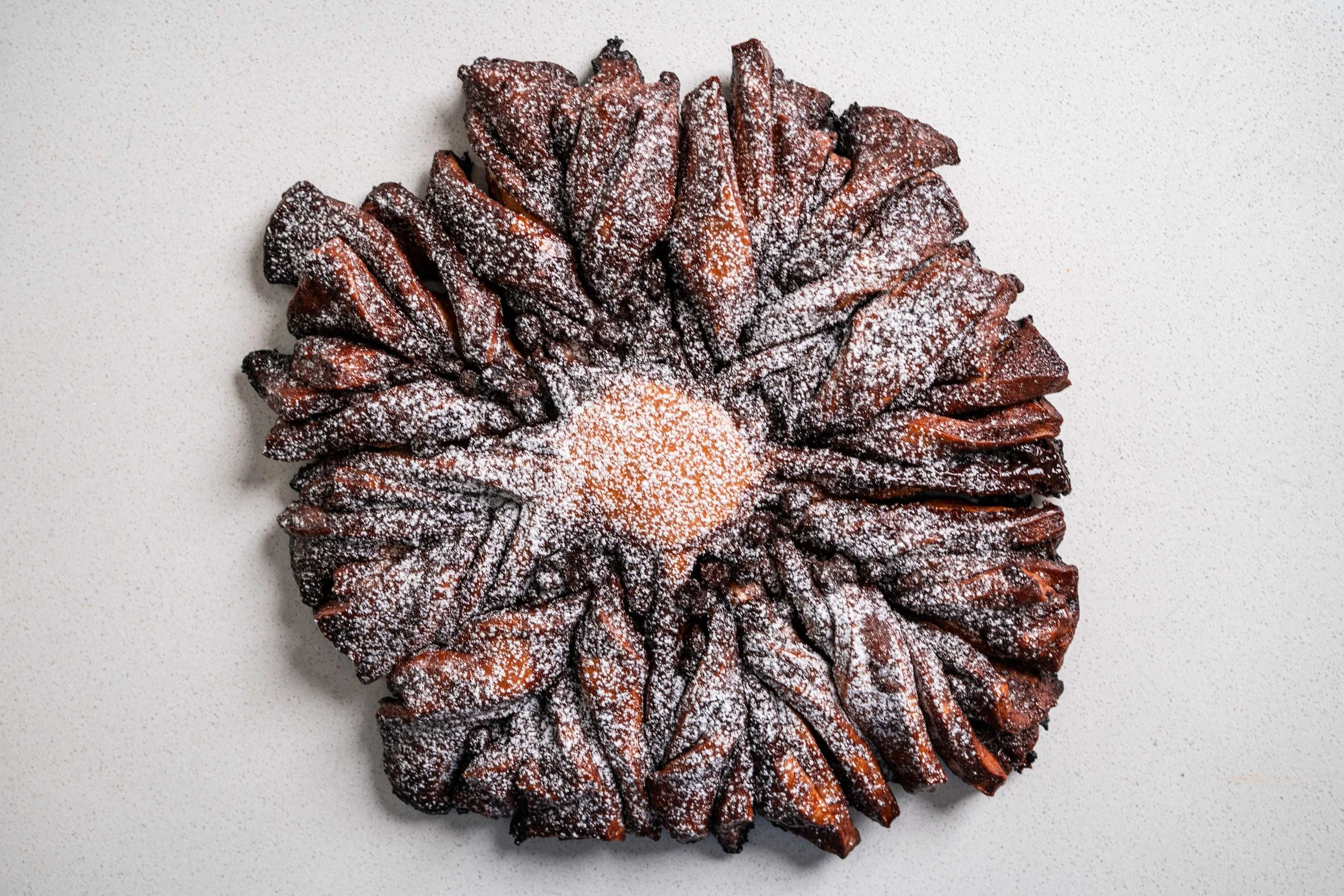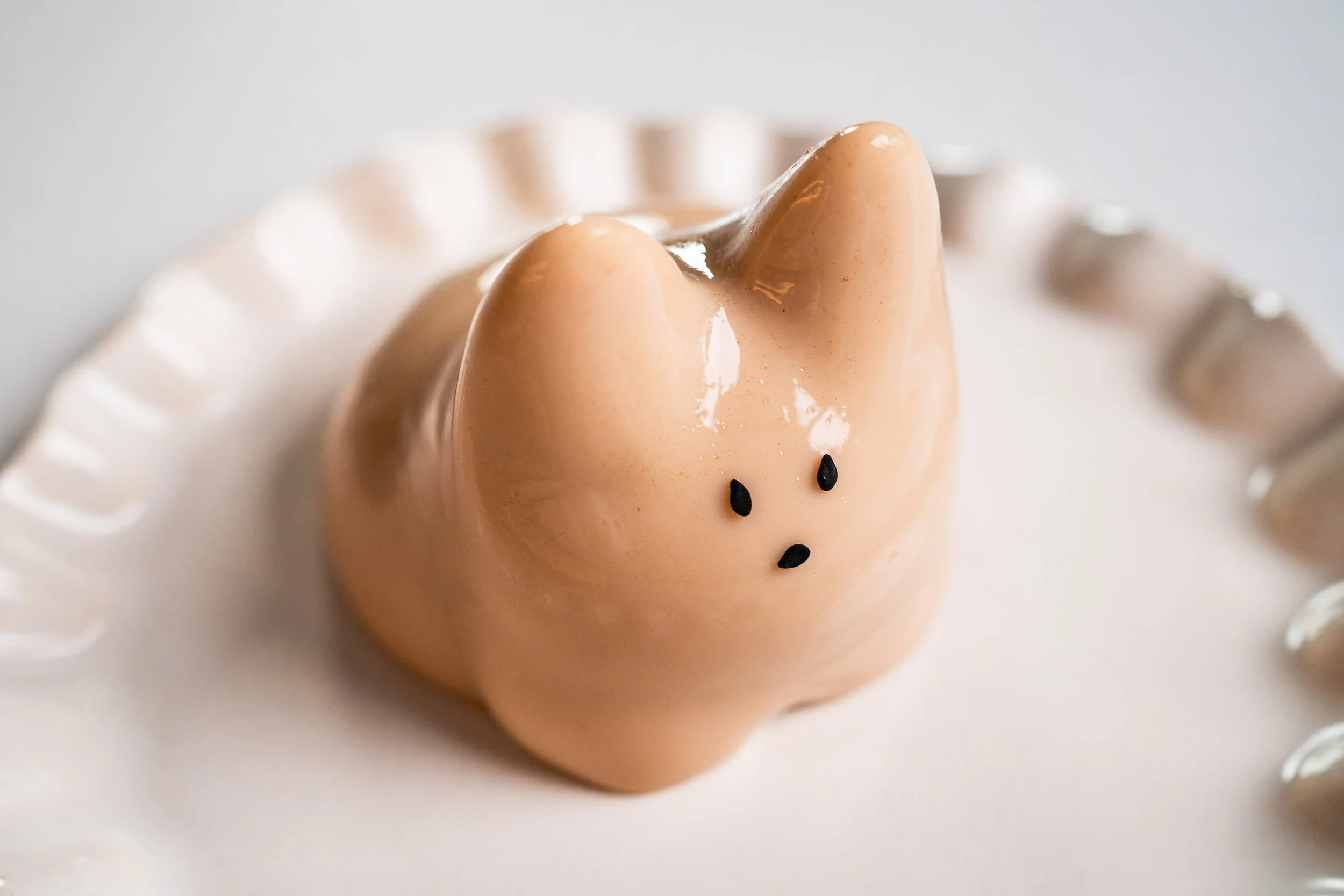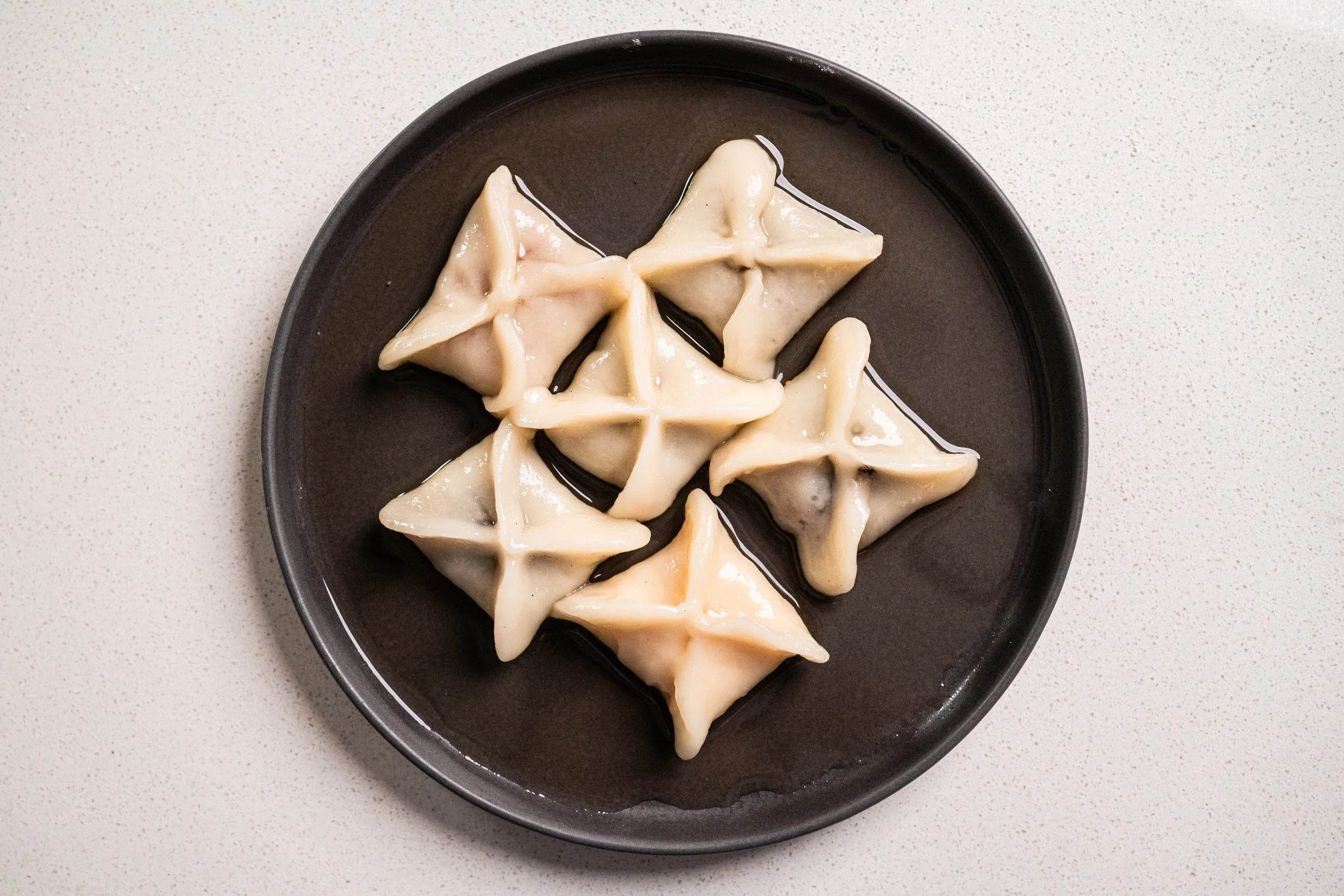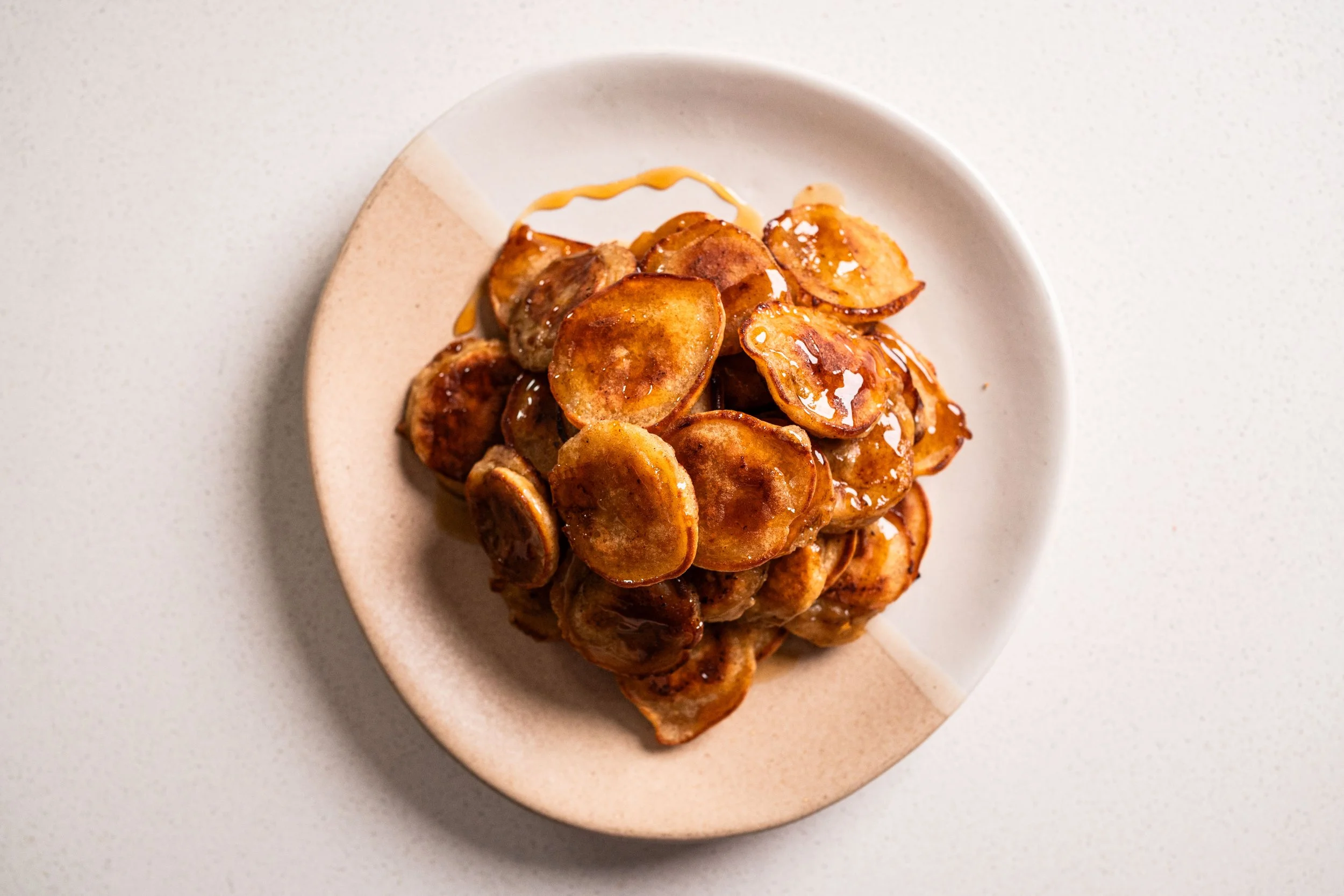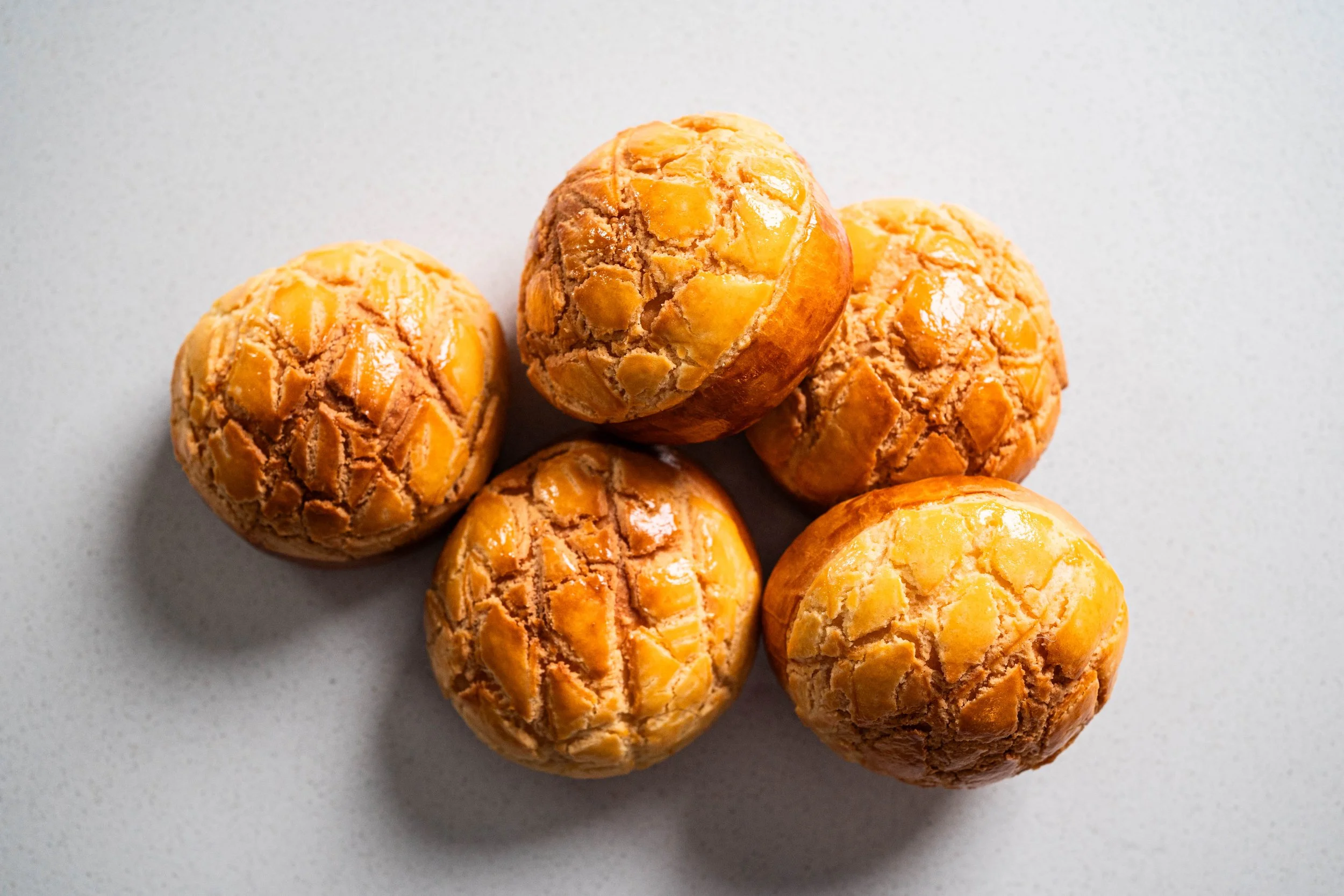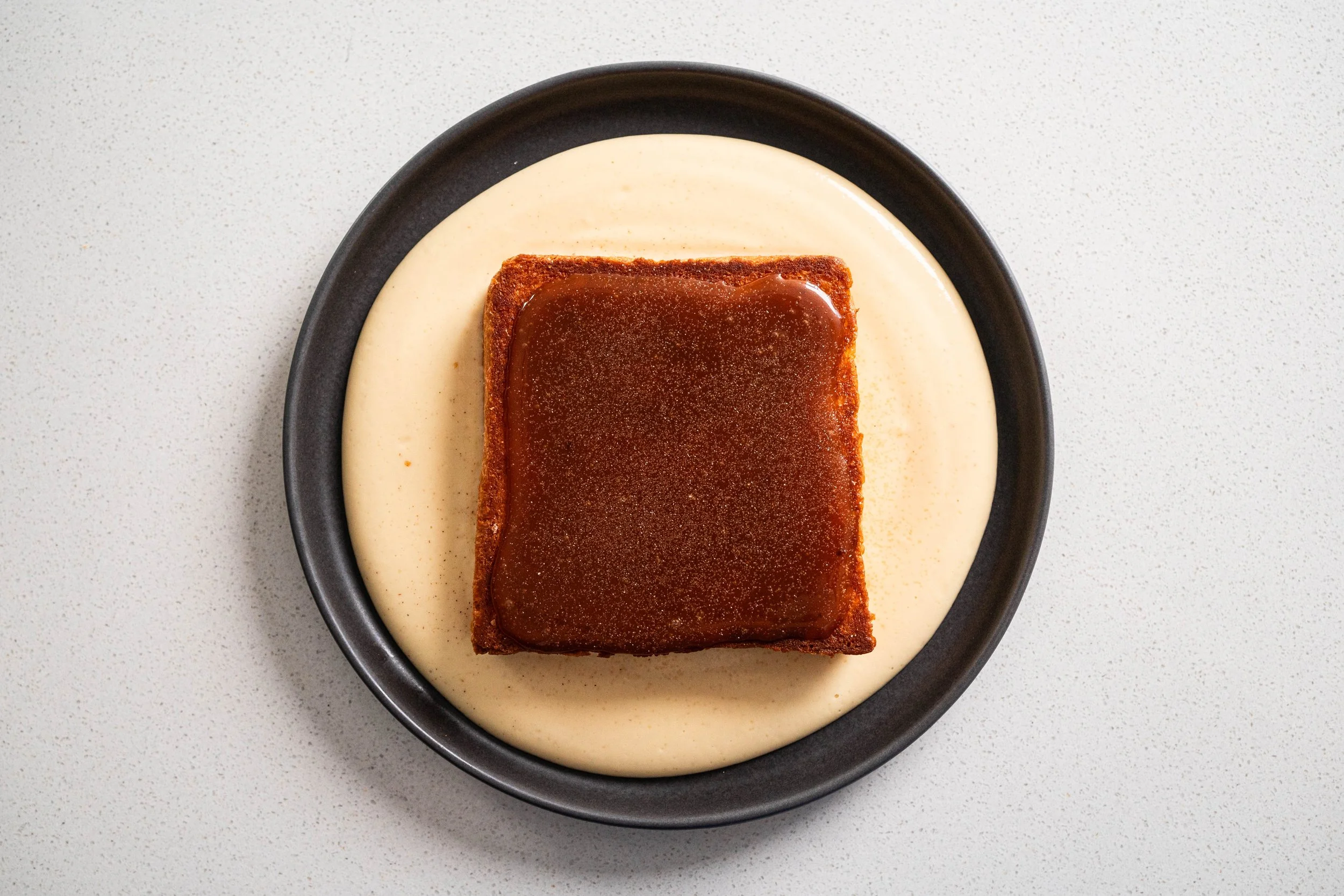Buddha's Hand Candy
A quizzical glance, a furrow of the brow, a weird expression on my face. I felt all the anxious energy of a teen in front of a mirror on the morning of an acne breakout, only instead of pimples, I was scrutinizing the dimples in a gnarly fruit I had in my hands. The fruit had wrinkled yellow skin, with pruney tendrils weaving through my fingers, and a sour-sweet musk that intoxicated the kitchen air around it. It’s an outrageous fruit—a citrus, in fact—with an even crazier name. Buddha’s hand, it’s called.
Okay maybe I’m being a little dramatic here, but my first time cooking with this fruit was a real educational adventure.
Two weeks ago, I got these buddha’s hand at a roadside fruit stall at the insistence of my relatives. “Try to make something out of it”, aunty told me as she handed me the fruit. I brought it home, left it for two days to mull about what I was going to do with it, at which point it ripened and started to spoil at the ends (which, by the way, is in my opinion the best time to consume most fruits, when they’re at the edge of spoilage, at peak fructose levels). I sliced through the buddha’s hand in a hurry (sorry Buddha), fully expecting some sort of pulpous, juicy segments—it’s a citrus, after all—only to find pith all the way through. My mind was blown, and confused.
A quick Google search yielded some wisdom from culinaire extraordinaire David Lebowitz, who made some candied citron with this citrus. Alongside that, the online search also revealed some cool facts about this fruit: 1) it originated from Asia (most likely India or China) 2) its citrusy smell is so distinct that it’s used as a homemade perfume in parts of the world 3) there are actually many variants of buddha’s hand, some have their tendrils (or fingers) closed inwards, with only half a dozen tendrils clammed together, while others have dozens of fingers splayed out like a starfish.
So, heeding some Lebowitzian wisdom, I chopped up my buddha’s hand into little cubes and candied them in a sugar syrup, letting them cook and crystallise in the sweet liquid for an hour, before draining them out, tossing them in more sugar to coat, and giving them an overnight dry on a wire rack.
The result? Little amber citrus crystals shimmering with sugar, dissolving into a burst of citrusy bittersweetness in your mouths, like a Starburst candy, but from a real fruit, that almost looks like a star (well, from the bottom, maybe).
Buddha’s Hand Candy
Makes about 50 candies
Ingredients
1 buddha’s hand, or any other citrus
200g sugar
200g water
50g coarse granulated sugar, to coat the candy at the end
Directions
Cut the buddha’s hand into 2cm (½ inch) cubes. (This measurement is just a guide and doesn’t have to be exact as you’re bound to have irregular pieces from the fruit.)
Transfer the cut pieces of fruit into a small pot or saucepan, add enough water to the pan until the pieces are covered, and bring the whole thing to a boil. Turn it down to a simmer and cook the citrus pieces for 30 minutes, until just translucent.
Drain out the pieces of citrus, pour away the water, then return the pieces of cooked citrus to the same pan. Add the 200g of sugar and water to the pan, and bring it to a simmer. Cook it for 15-20 minutes, stirring occasionally to prevent any bits of citrus from burning, and stop the cooking when the sugar syrup turns thick and spoon-coatable. (Or if you have a thermometer, cook it until the sugar syrup reaches 110°C (230°F).)
Using a strainer, drain out the pieces of citrus, letting it sit in the strainer for 5 minutes to cool down and allow any excess syrup to drip off. (You can keep the syrup for any dessert/baking purposes, and even to mix into drinks and cocktails!) When the pieces of citrus are drained, toss them in some coarse granulated sugar, making sure each individual piece is separated and well-coated. Finally, spread the candy out onto a wire rack and leave it out to dry overnight. (Alternatively, you can pop it in a dehydrator, or a low temperature oven, set at 60°C for 2 hours.)
When done, eat! These candies keep well in a jar, and can last for 2-3 weeks at room temperature, or up to 4 months in the refrigerator.

